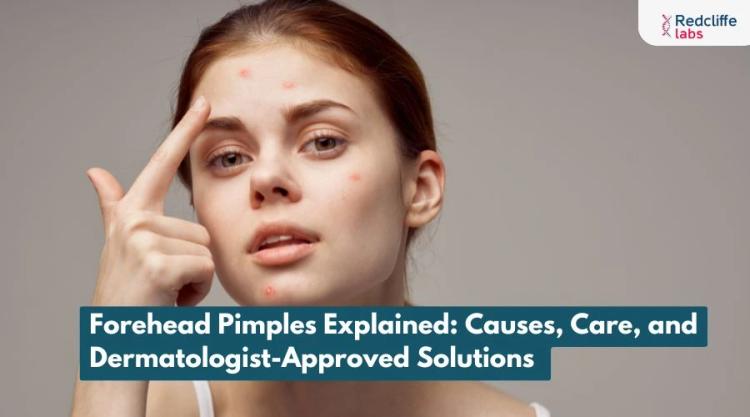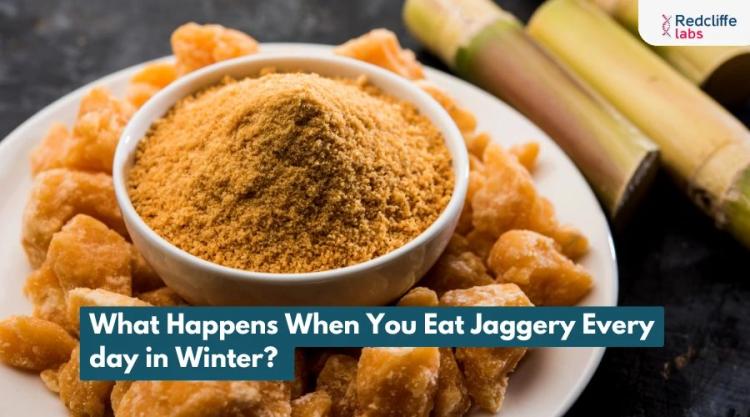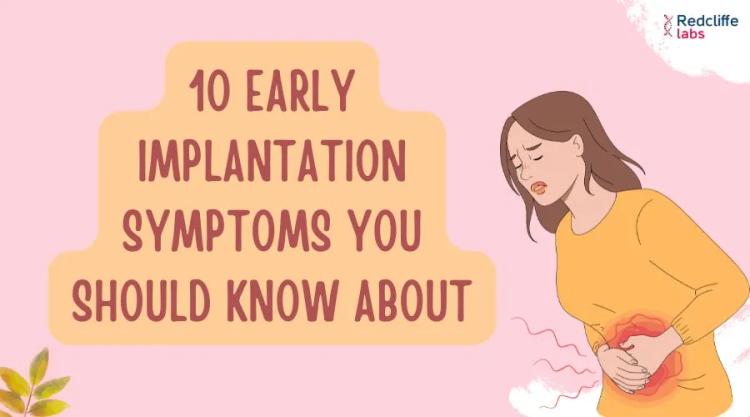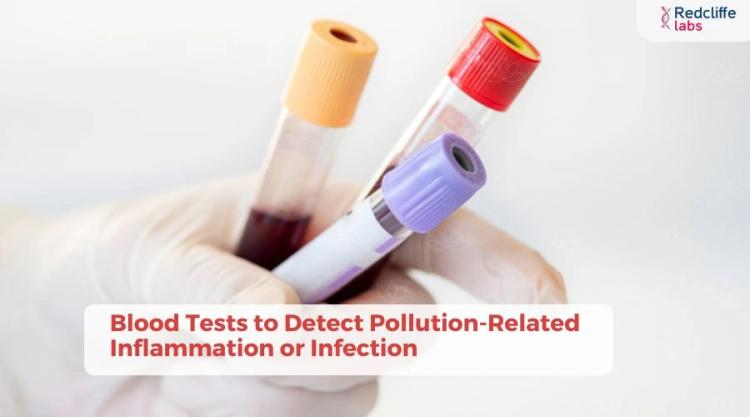Gallbladder Stones: Symptoms, Causes, Complications, &, Treatment

Medically Reviewed By
Dr. Ragiinii Sharma
Written By Sheena Mehta
on Jul 10, 2024
Last Edit Made By Sheena Mehta
on Jul 19, 2025
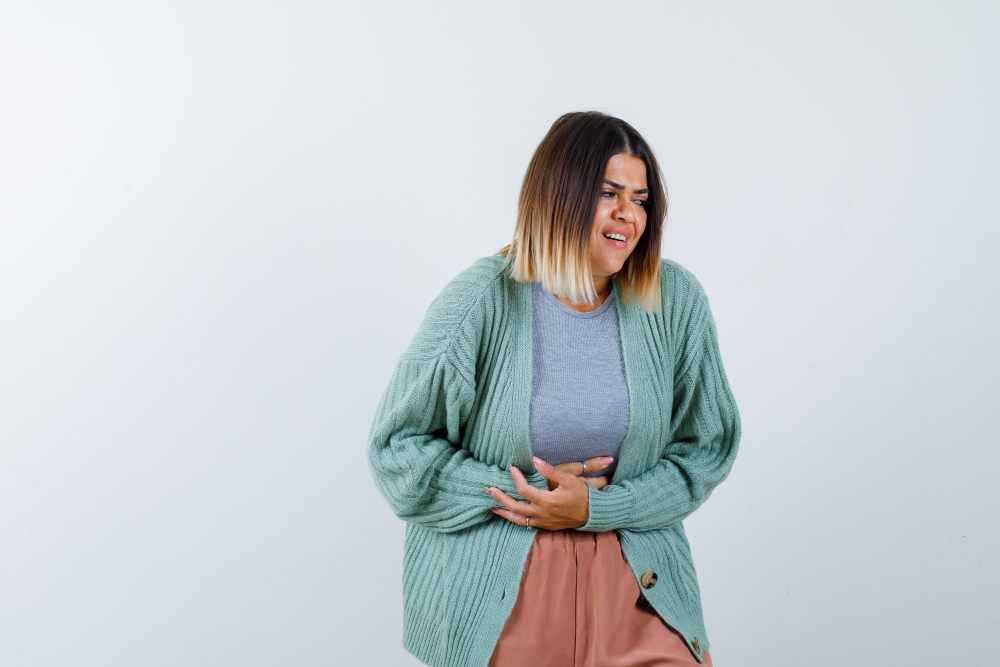
Introduction
Have you ever heard about gallbladder stones?
They are defined as hardened, concentrated pieces of bile that form in the gallbladder or bile ducts.
In other words, “gall” means bile, so gallstones are bile stones. Bile, or gall, is a yellow-green fluid produced by the liver and stored in the gallbladder.
6 facts about gallstones you may like to know
- The scientific name of gallstones is cholelithiasis. Doctors use the term “cholelithiasis” to explain the condition of your gallbladder.
- In approximately 70% of cases, gallstones do not cause symptoms.
- Gallstones are more common in women than men.
- They can range from a grain of sand to a golf ball.
- The main cause of gallstones is cholesterol, which sometimes requires no treatment.
- The two main kinds of gallstones are cholesterol stones and pigment stones.
Did you know?
Approximately 10% of U.S. adults have gallstones, and up to 75% of them are females, and people are assigned females at birth (AFAB). However, not all patients diagnosed with it will show symptoms and need treatment.

Can gallstones be dangerous?
Gallstones (cholelithiasis) are silent and don’t hurt or cause health problems. You can get a mix of big or small stones, one large stone, or hundreds of little ones. You might not even know if they exist unless they block a bile duct or cause sudden pain that can last for hours. This is when treatment is required, as their formation can be life-threatening.
Also read: https://redcliffelabs.com/myhealth/kidney-test/kidney-stones-its-symptoms-causes-and-treatment/
9 Most common symptoms and causes of gallstones
Generally, gallstones, or gallbladder stones, do not cause symptoms unless one or more get stuck and create a blockage. Further, this blockage may cause pain in the upper abdomen and nausea.
However, if the blockage is severe and continues for a long time, then you might develop:
- Sweating or vomiting
- Fever and chills
- Diarrhea
- Tachycardia or fast heart rate
- Abdominal swelling and tenderness
- Pain in your right shoulder
- Yellow tint to your skin and eyes
- Dark-colored pee and light-colored stool
- Speed up your blood pressure, causing dizziness and tiredness.
There are two main causes of gallstones:
Gallstones (cholelithiasis) are formed when one of the main ingredients in your bile is excess. Several factors may be involved, such as excess cholesterol, bilirubin, inadequate bile acids, and an inactive gallbladder. The two most common types are:
- Cholesterol Gallstones are the most common, making up about 80% of gallstones. They are yellow-green and mostly made of undissolved cholesterol.
- Bilirubin Gallstones: Also known as pigment stones, these stones are brown or black. They are made of bilirubin, and those with these stones usually have liver disease or a blood disorder such as sickle cell anemia.
However, some people also get a mix of cholesterol and pigment gallstones.
Important Warning Signs of Gallstones:
Gallbladder stones are made from cholesterol, bile pigment, and calcium salts and are formed in a person's gallbladder.
Biliary Colic: The only warning sign of gallstones is biliary colic. It refers to intermittent abdominal pain that you might feel under your right rib cage or in the right shoulder. The pain eventually goes away. However, the repetition of episodes must be recognized, as this could be a sign of an emergency, as gallstones might get stuck in your ducts and need to be removed.
Seven possible complications of having gallstones include:
If a gallstone creates a major blockage in the bile flow via your biliary system, it can negatively affect one or maybe all of the organs in that system. The possible complications of having gallstones include:
- Acute inflammation in your gallbladder, pancreas, and bile duct
- Bacterial infections
- Hepatitis (liver inflammation)
- Jaundice
- Septicemia (an infection in your bloodstream)
- Cancer of the Gallbladder
- Gallstone ileus
Also read: https://redcliffelabs.com/myhealth/health/most-common-illnesses-during-monsoon-and-their-diagnosis/
ATTENTION:
There is a lower probability of getting gallstones if your gallbladder is removed. However, gallstones can be formed in your pancreatic ducts or directly in the tube that goes from your liver to your small intestine.
Risk factors that contribute to the development of gallstones (cholelithiasis)
If someone has an underlying condition, it can affect their bile and cause gallstones(cholelithiasis). However, some common risk factors contribute to the development of gallstones, including:
- Age: gallbladder stones are not formed overnight. They take time to develop and get enlarged enough to cause an obstruction. Men and people assigned male at birth (AMAB) are more likely to get over the age of 40. On the other hand, women and people assigned female at birth (AFAB) are more likely to get pregnant between the ages of 20 and 50.
- Hormones: Compared to men and people assigned AMAB, women and people assigned AFAB are three times more likely to get gallstones because of a decline in estrogen and progesterone levels.
- Weight: Metabolic or bariatric surgery may lead to fast weight loss but put the patient at a greater risk of getting stones in the gallbladder.
- Genetics: People who are of Native American or Mexican descent are likely to get gallstones, as they are more prone to higher cholesterol levels in their bile. Besides, those who have a family history of gallstones are more likely to develop them, irrespective of their caste, creed, color, and sex.
Some medications may increase the risk of gallstones; however, you should not stop taking them unless your healthcare professional asks you to do so.

How are gallstones diagnosed?
A doctor will do a physical examination to diagnose gallstones (cholelithiasis), including checking your eyes and skin. A yellowish tint may be a symptom of jaundice resulting from excess bilirubin.
Below is a list of tests that help your doctor see inside your body:
- Ultrasound, abdomen
- Abdominal CT scan
- Gallbladder radionuclide scan
- Blood tests
- Endoscopic retrograde cholangiopancreatography (ERCP)
- Endoscopic ultrasound
Other tests may be performed to check for signs of infection or blockage and rule out other conditions.
One random fact about gallstones: we bet you didn't know
Gallstones have a yellowish or brownish crystal-like appearance in your poop. They are of different shapes or sizes. Small ones can still pass through your gallbladder and gut; therefore, you can’t see them in your stool.
Treatment for Gallbladder Stones
If you don’t have visible symptoms of gallbladder stones, some can pass through your gallbladder and gut. Consequently, you may not see them clearly in your stool. Hence, treatment is not required.
There are two ways to treat gallstones in your bile: treatment with surgery and treatment without surgery (cholecystectomy).
- Treatment with surgery: If you are in pain, the doctor will perform surgery. Some aftereffects include pain in your right arm, pain-relief medicines, diarrhea, or a high temperature.
- Treatment without surgery: A few non-surgical methods, including medications, can help relieve pain caused by gallstones. These methods are available for patients at high risk of surgery complications or much older individuals wanting to achieve the desired results.
5 Helpful Ways to Prevent the Formation of Gallstones
It is not fully possible to stop the formation of gallbladder stones. However, you can remember a few instructions that can help reduce your overall risk.
- Reduce cholesterol levels: Lifestyle changes, including healthy eating, weight management, and regular physical activity, can help lower cholesterol levels.
- Shed extra kilos: Experts suggest that losing weight slowly may make you less likely to develop gallstones.
- Drink lots of water: Do you know that staying hydrated can help prevent the formation of gallstones and other problems? However, drinking less water than your body needs can also take on your gallbladder.
- Consume healthy fats: Healthy fats like fish and olive oil can help your gallbladder contract and empty regularly.
- Avoid “yo-yo” diets: You must avoid crash diets as they can cause the liver to release more cholesterol into the bile, leading to gallstones.
Also read: https://redcliffelabs.com/myhealth/liver/high-cholesterol-and-liver-diseases-how-is-it-related/
Other ways that might help lower your risk, such as:
- Maintain a healthy weight: Talk to your doctor if you are overweight or have obesity to help you maintain a healthy weight.
- Hormone Replacement Therapy: For a woman or someone, AFAB is at a high risk of gallstones due to family history, obesity, or other health conditions. It is crucial to talk to a doctor regarding the use of hormonal birth control or hormone replacement therapy.
- Avoid heavy drinking: Binge or heavy drinking can lead to gallbladder problems and pain.
6 foods that will prevent gallstones are as follows:
Listed below are foods that can help prevent the formation of gallstones:
- Avoid highly processed foods such as cold cuts, sausages, or hot dogs. They can cause inflammation within your gallbladder.
- Choose unsaturated and polyunsaturated fats and omega-3 fatty acids, as they are less likely to develop gallstones.
- Say no to fast foods and red meat. They can raise your LDL cholesterol, which may raise your risk for gallstones.
- White bread, white sugar, and white pasta are forbidden for gallstone patients. Hence, you should consume them to prevent their formation.
- Cut back on your sugar, as its intake can raise your blood sugar and cause your liver to release more bile into your gallbladder.
- Eating fresh fruits, vegetables, and whole grains can help reduce the risk of developing gallstones. Besides, regularly eating peanuts or cashews can also prevent the problem from arising.
Final Views:
Remember, gallbladder stone symptoms vary from person to person. If you experience pain, nausea, or any discomfort, it is crucial to consult a doctor to get the right treatment.
